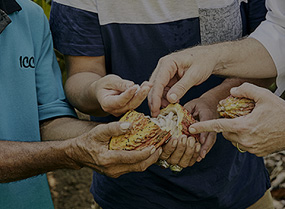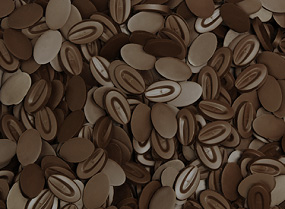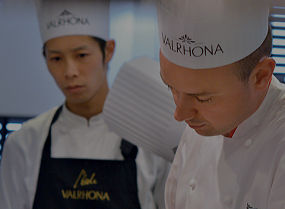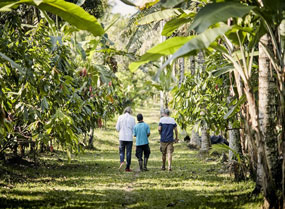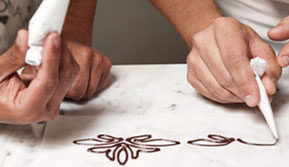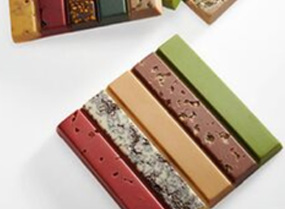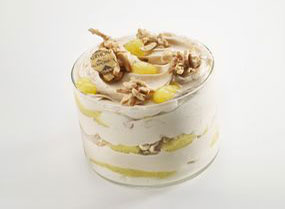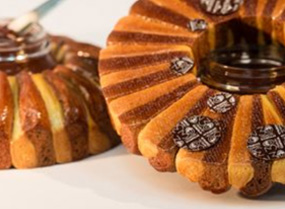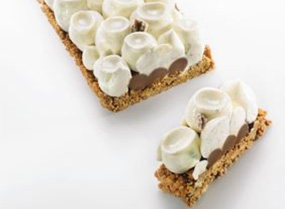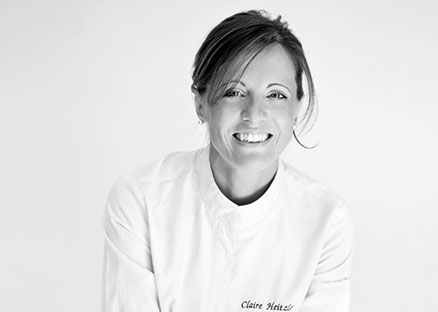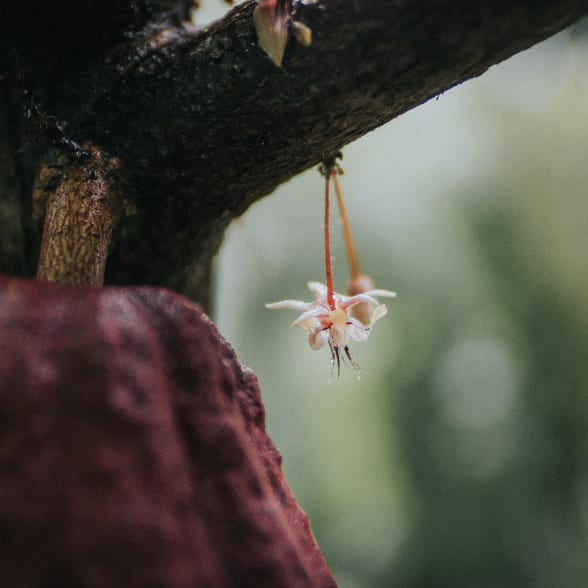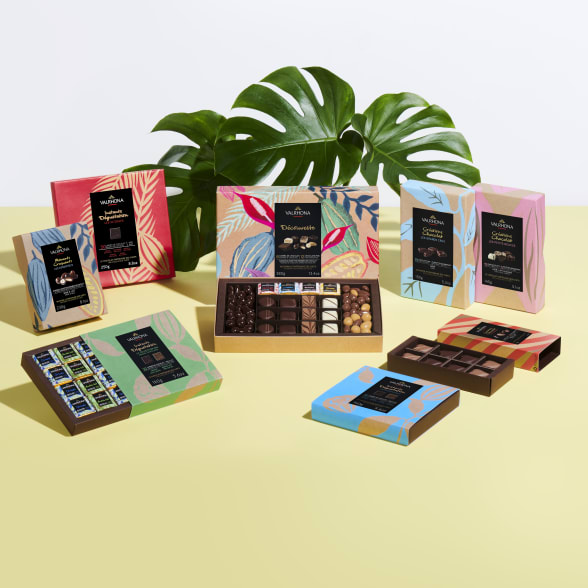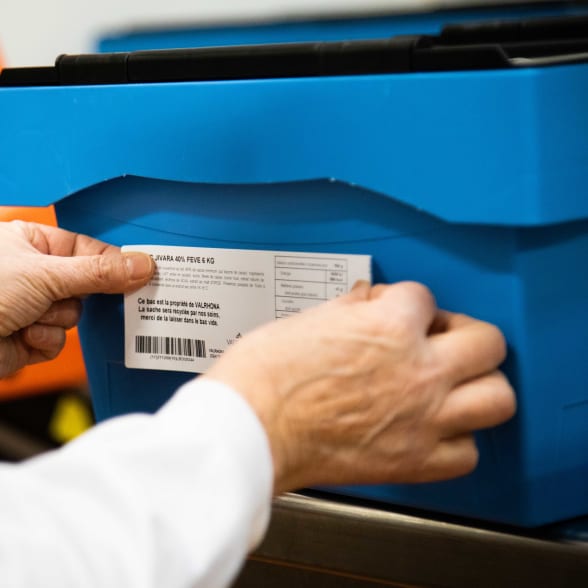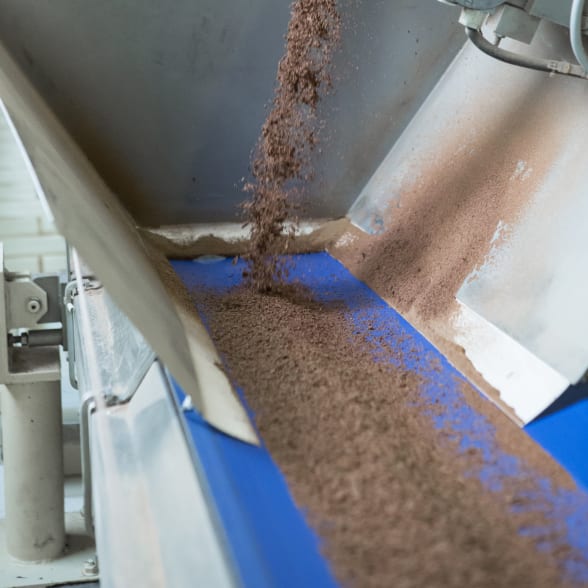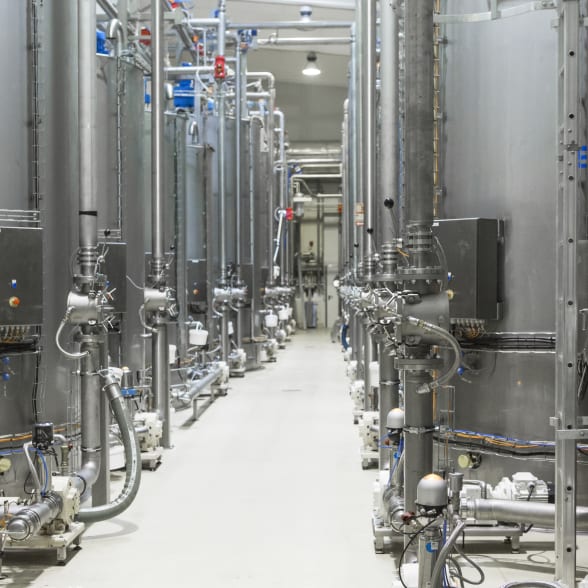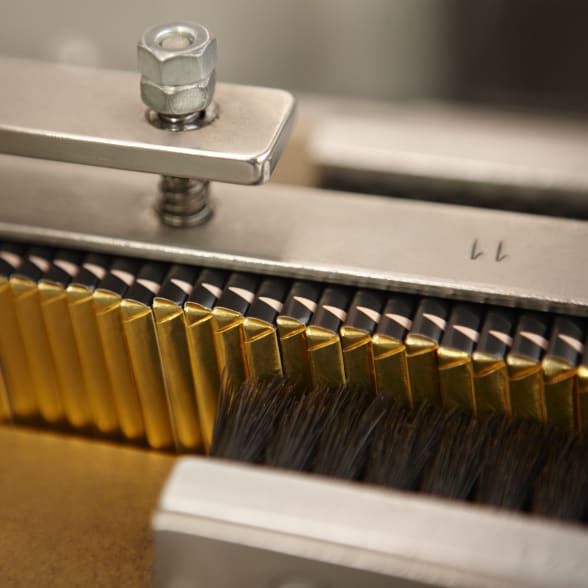Reducing our environmental impact
Our environmental challenges
Our activities – from growing cocoa to selling chocolate – have an impact on the environment. At Valrhona, we are committed to minimizing these impacts. This makes sense from a commercial point of view, but also and most importantly to guarantee us a healthy future and a healthy planet.
Valrhona has chosen to align with the global move towards carbon neutrality. So that we can combat climate change and make a meaningful transition towards an environmentally friendly way of working, we have made exact calculations of our emissions a priority. This will enable us to take action and, most importantly, to reduce the emissions we make.
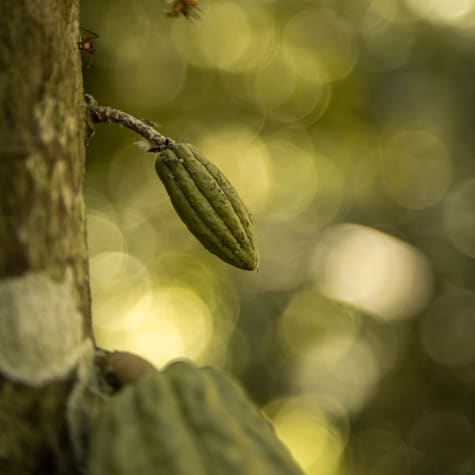
Our objectives and progress
-66% of GHG (greenhouse gas emissions)
(scope 1 & 2) since 2013. Objective for 2025: -60% - achieved
91% of waste
is recovered. Objective for 2025: 100%.
71% of renewable energies
in the energy mix. Objective for 2025: 79%.
83% of packaging
is recyclable. Objective for 2025: -100%.
100% of new products
meet our eco-design criteria. Objective for 2025: 100% - Achieved
-18% of global waste production
Versus 2013. Objective for 2025: 50% reduction.
-40% of tap water consumption
(and 67% less groundwater used) since 2013. Objective for 2025: 50% decrease.
-39% of total energy consumption
since 2013. Objective for 2025: 50% decrease.


